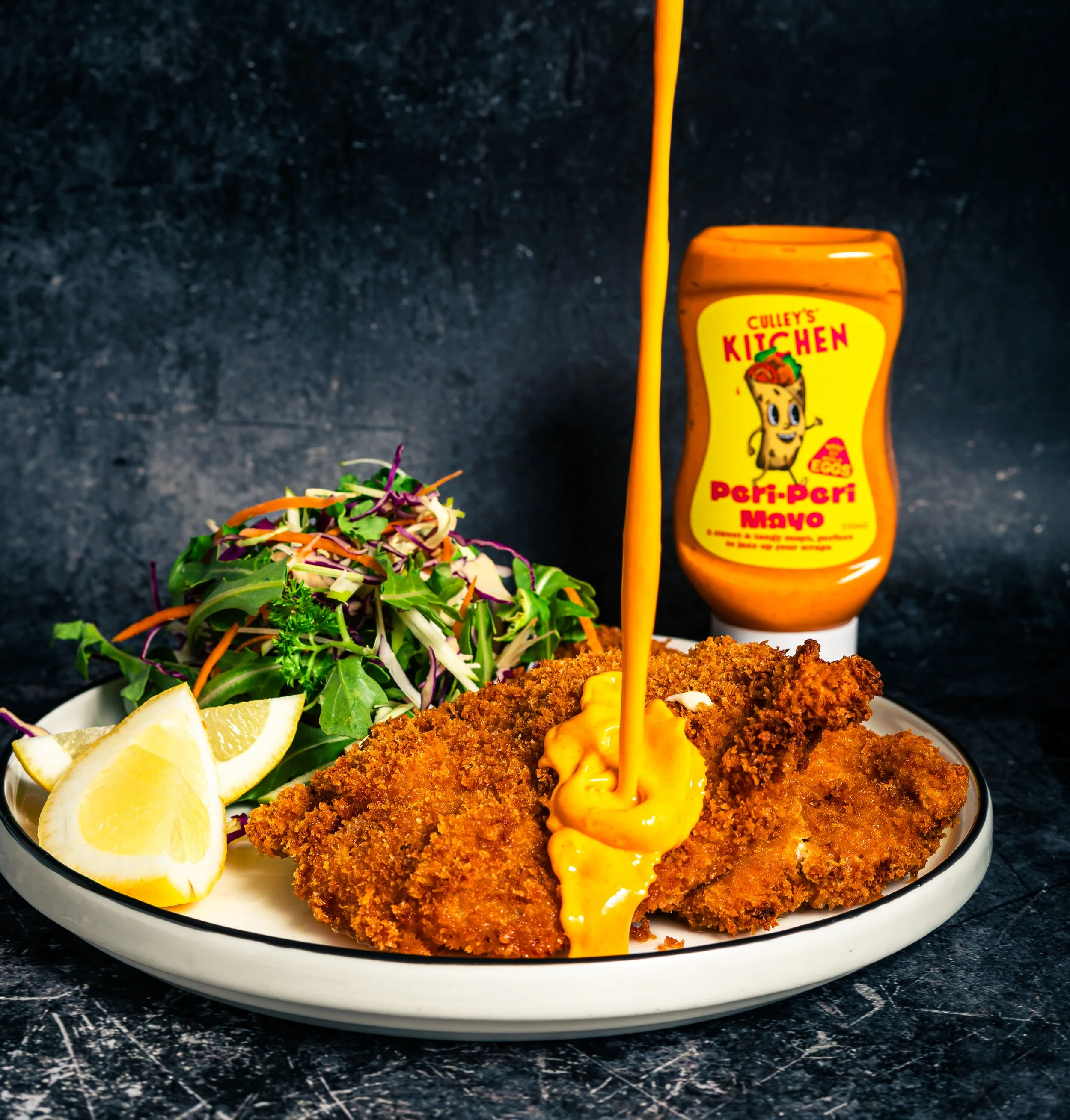Food photography isn’t just snapping pictures of a plate. It’s about capturing that moment when your viewer can almost taste what they see. And getting there? That takes more than just a good camera.
I’ve been in the photography game for five years now. I've seen amateur shots make food look unappetising, and professional work that turns simple dishes into masterpieces. If you’re ready to up your food photography game, let’s break it down.
Lighting: The Silent Game-Changer
Without light, there’s no photo. Period. But not all light is created equal.
Natural light is your go-to. Cloudy days? Perfect. They give you soft, diffused light that makes everything look better. No harsh shadows. No blown-out highlights.
Here’s the trick:
- Backlighting: It makes drinks and translucent foods pop. Think of that glow behind a juicy slice of lemon.
- Side lighting: Adds depth and texture. Perfect for showing off layers in a cake or the crust on bread.
- Avoid overhead light: It flattens your image, washing out the details.
If you’re stuck indoors, invest in a simple softbox or bounce light off a white surface. Trust me, it’s worth it.
Composition: Keep It Simple
Good composition turns a snapshot into art. The best part? It’s not complicated.
Start with the basics:
- Rule of thirds: Place your main subject off-centre. It draws the viewer’s eye naturally.
- Leading lines: Use utensils, table edges, or ingredients to guide the viewer's gaze.
- Negative space: A bit of empty space makes your dish stand out more.
Think of your photo like a story. What’s the main character? What details support the plot? Remove anything that doesn’t add value.
Props and Backgrounds: Set the Mood
Your props and backgrounds set the stage. But don’t let them steal the show.
Keep it real. Rustic wood for comfort food. Sleek marble for high-end dishes. Neutral tones keep the focus on the food.
Pro tip: Use props that hint at the recipe. A sprinkle of flour for baking shots. Fresh herbs for pasta dishes. It adds context without clutter.
Angles: Every Dish Has a Good Side
Not all angles work for all foods. Different dishes shine from different perspectives.
- Overhead (flat lay): Best for dishes with lots of elements, like salads or charcuterie boards.
- 45-degree angle: The all-rounder. Works for most foods and gives a natural, inviting look.
- Eye-level: Perfect for stacked dishes like burgers or tall desserts. Shows off the layers.
Move around. Experiment. Find the angle that makes your dish look irresistible.
Editing: The Final Touch
Editing isn’t cheating. It’s polishing. But less is more.
Focus on three things:
- Brightness and contrast: Make the colours pop without looking artificial.
- White balance: Keeps the food looking natural. No one wants a blue steak.
- Sharpness: A bit of clarity goes a long way. Just don’t overdo it.
Tools like Lightroom are your best friends here. Easy to use, powerful results.
Why You Should Hire a Pro
Let’s be honest. You can follow all these tips, and your shots might still fall short. Food photography is tough. And if you’re running a café or restaurant, you don’t have time to master every detail.
This is where hiring a professional makes all the difference.
I’ve built my photography business on making food look as good as it tastes. In Auckland, Le Photographe is the name you need to know. We don’t just take pictures. We tell your food’s story.
Ready to elevate your food photography? Book a session here.
My Journey in Photography
When I started, I didn’t have all the fancy gear or years of experience. I just had a camera and a passion for capturing moments. Now, after five years and six figures in revenue, I’ve learned what works.
Food photography isn’t just my job. It’s my craft. And if you want to see what dedication looks like, check out my story here.
Good food deserves good photography. And whether you’re shooting your own dishes or looking for a pro, these tips will help you capture the perfect shot. Remember, food photography is about more than just photos. It’s about the feeling. The craving. The story.
So, grab your camera. Or better yet, let me handle it. Book a session and let’s make your food unforgettable.

